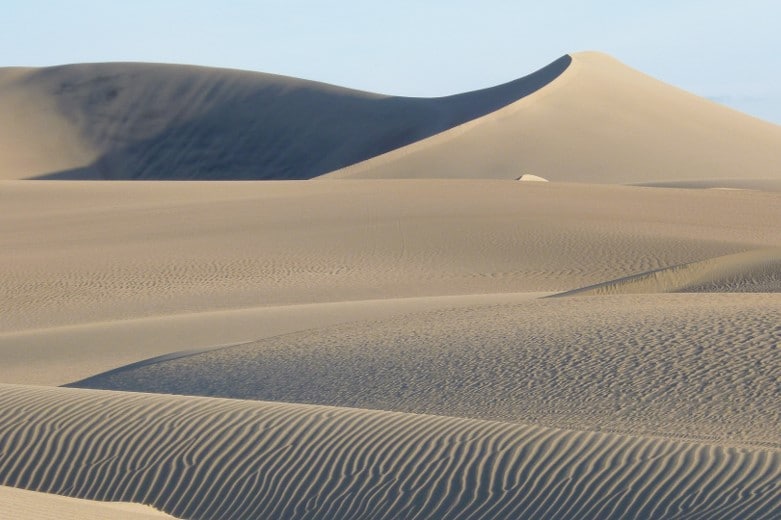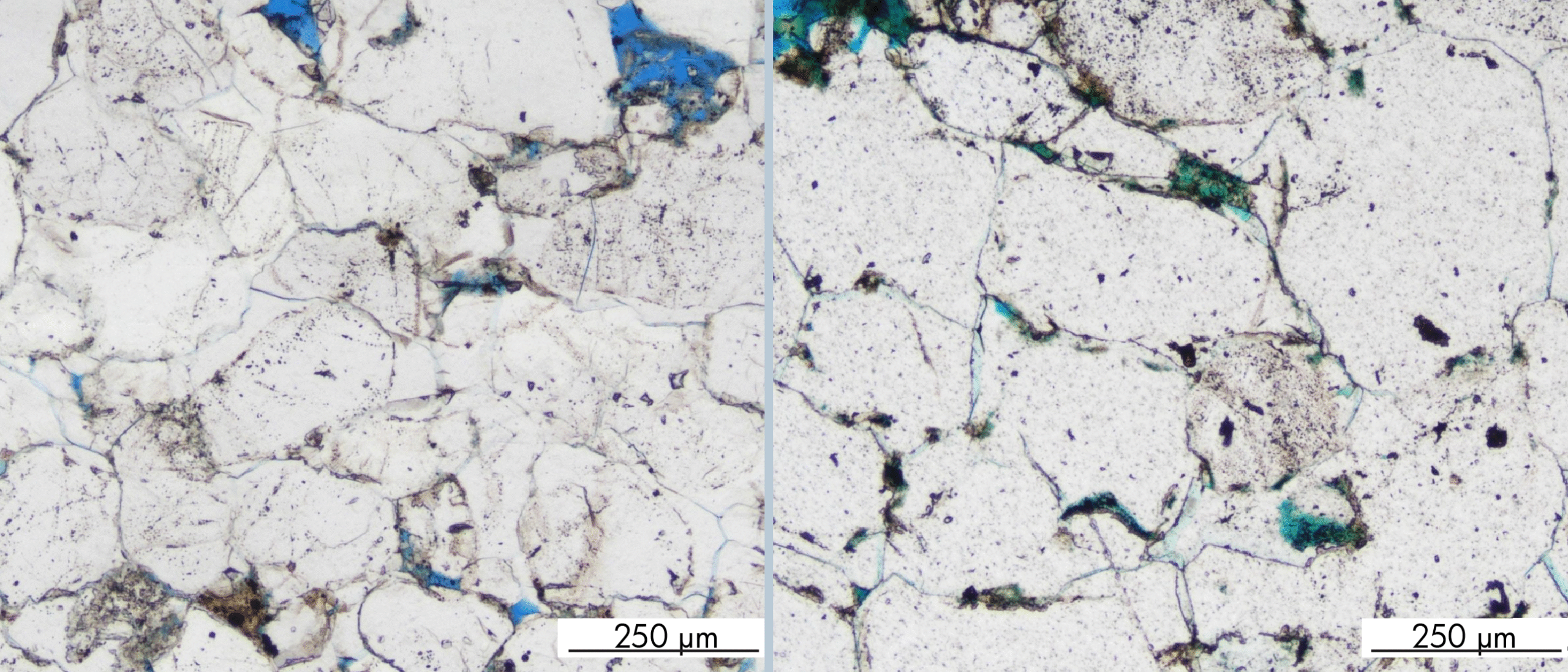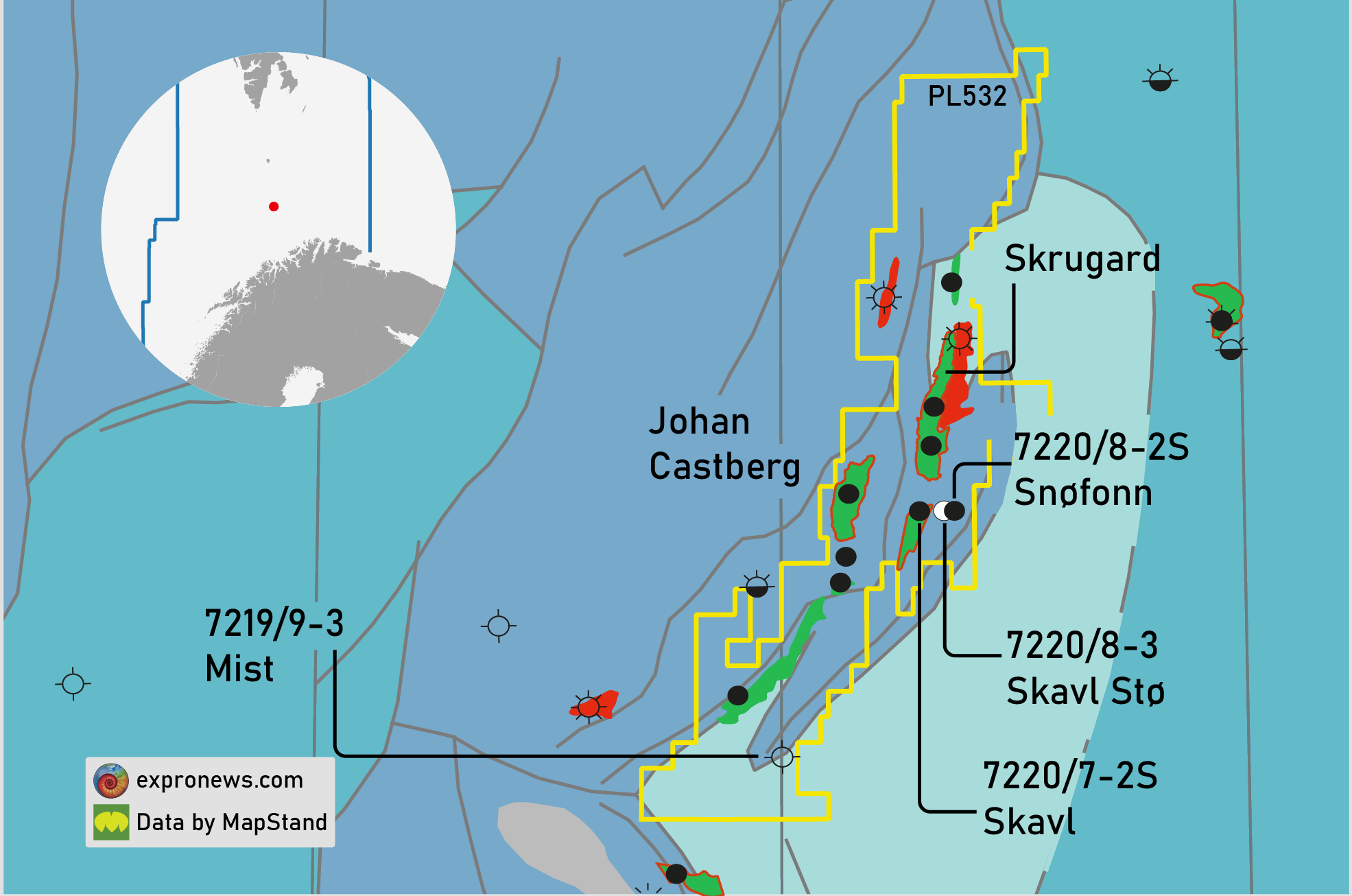ONE Dyas spuds G18-02
Some exciting news from the Dutch sector, where ONE-Dyas spudded well G18-02 in the north-eastern part of the offshore. This well is likely targeting Lower Rotliegend sandstones, a play that only recently got traction with the positive results of well N05/01-S1 drilled in 2017. Until then, common belief was that only Upper Rotliegend sands were prospective in the Netherlands and that the main Rotliegend reservoir had shaled out in the area currently being targeted. This nicely shows that even in a mature area as the Netherlands Continental Shelf there are opportunities for those looking beyond the traditionally held concepts.

Exploro celebrates important milestone
Geological and geophysical consulting business Exploro this month celebrates its 15th birthday. The company is renowned for their cross-border UK-Norway multi-client portfolio of geological studies, which is currently being offered through the subscription-based offering ToolkitLIVE. TookitLIVE is continuously updated and expanded and provides a high-resolution stratigraphic framework based on all available released data.
Founded in Trondheim, the company also has offices in Oslo (2007) and Aberdeen (2019). Future plans involve further expansion of ToolkitLIVE, both in content and in geographical areas, exiting partnerships with other companies, the launch of a unique consulting service and a dedicated offering geared towards the energy transition.

Northern Lights in the spotlight
This week, Equinor announced plans to disclose datasets from well 31/5-7 that was drilled earlier this year. The well was drilled solely for CO2 storage purposes and was mainly drilled to test the integrity of the sealing unit overlying the Johansen reservoir. As Renata Meneguolo highlighted in her presentation at last week’s NCS Exploration Conference, the fact that no hydrocarbons were ever found in the Johansen sands in the area raised questions about the quality of the seal, which had to be addressed by drilling the well.
Although the NPD left the impression that 31/5-7 was the first well drilled solely for CO2 injection purposes, the UK may in fact have been first with the drilling of 42/25d-3 in the Southern North Sea, as this article describes.
Offshore geothermal energy
A group of three companies, dCarbonX, ZeGen Energy and Ross DK, announced this week the formation of The Aquarius North Sea Geothermal Consortium. The group is focussed on exploring and developing deep offshore geothermal resources of the United Kingdom. Aquarius is actively working with a number of large North Sea Operators to explore the geothermal potential of existing assets, with the initial focus being offshore platform electrification. Additionally, green field geothermal exploration opportunities are also being evaluated that promise to support a new era of UK offshore activity, energy security and long-term skilled jobs.
Suncor mulling over sale of UK and Norwegian assets
It is speculated that Canada’s Suncor Energy is contemplating the sale of a number of UK and Norwegian assets, as reported by several media outlets this week. Candidates for the sale are Suncor’s 26.7% stake in the Golden Eagle field in the Moray Firth, its 40% stake in the Rosebank discovery (operated by Equinor) and a number of smaller Norwegian assets.
Upgrade of Mittelplate supply ships to electric engines
This week, operator Wintershall DEA announced plans to carry out a feasibility study to upgrade the four supply vessels for the German Mittelplate field with hydrogen hybrid propulsion systems. Mittelplate is Germany’s most prolific oil field (600 MMbo originally in Place), located in the environmentally sensitive Wadden Sea in the southeasternmost corner of the North Sea. Because of its location, it was decided at the time to build an artificial island from which the field was developed and is being operated. The oil in Mittelplate is reservoired in five Middle Jurassic sandstone units, which depend on updip seal against a salt dome, as the illustration below shows.

Have a good weekend.
HENK KOMBRINK





